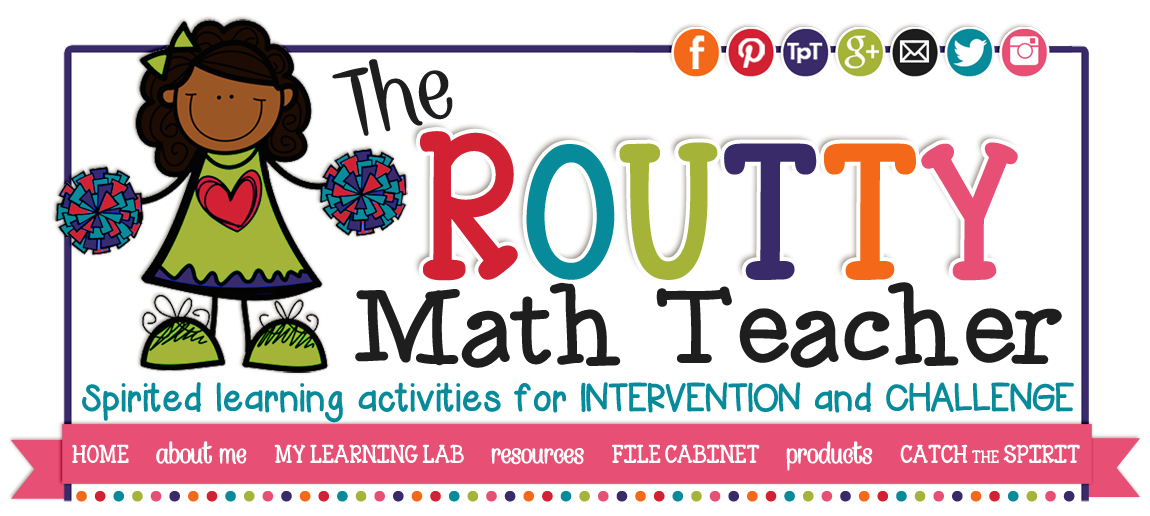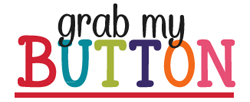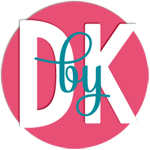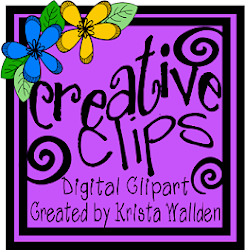Using interactive notebooks in the classroom is a trend that has gained popularity over the past couple of years. When coupled with foldables, interactive notebooks become great learning tools for students. If you perform a Google search for interactive notebooks, a wide array of websites and images will appear. If you're new to interactive notebooking, it can certainly be a challenge to get started.
For my post today, I'm sharing how I like to do interactive notebooking, from the very first days of school. I consider the students' math notebooks to be their own student-created textbook. With that in mind, I only include items that have enough information to allow students to use their notebooks as reference tools. This means that each component must contain information that will support student learning outside of class.
 |
| The polka dot ribbon is a bookmark that is taped to the inside back cover. |
The pictures below illustrate how I set-up interactive notebooks at the beginning of the school year:
While I haven't always included the "In Progress" envelope, it really helps when you have to end class in the middle of an activity and the students need a place to keep their work. Alternatively, the "In Progress" envelope could also serve as a place to place items that do not fit on a page very well, such as a rubber band book.
I like for the notebook expectations to be front and center. Occasionally, I create these expectations with the students; however, I often just copy these expectations to use for better time management.
In most years, I have the students create their own table of contents using the margins as their column dividers. However, depending on the age and ability level of the students, a reproducible table of contents works well too.
The next few items are reference tools. I like to include them at the beginning of the notebook for ease of use. The first reference tool is the problem solving process that we use in class to analyze problems. (Note: You can find a free mini-pack with the J.U.S.T.I.F.Y. and RACE printables here or within the full versions at my Teachers Pay Teachers Store.)
I also include a copy of the problem solving strategies most appropriate for my students' age and ability level so that we can refer to them as we solve problems. (Note: You can download a free copy here.)
The operation situations illustrate the types of problems students encounter when solving story problems. At the beginning of the school year, we discuss visualizing story problems in the same way that we might visualize a book that we are reading. Once students can visualize the situation and create a mental picture of the actions that are taking place, they can begin to connect the actions to symbols. The operation situations tie the mental actions and the symbolic representations together. (Note: You can find the full-size version of these pictures in my Teachers Pay Teachers Store.)
In Texas, students are given a reference chart to use on their end-of-the-year state assessment. So that my students are proficient at utilizing this tool, we practice with it all year long. Having a copy available in their math notebooks keeps the learning tool accessible at all times.
In order to get a better feel for my students' needs, I like to complete a learning preferences checklist during the first week of school. The information provides me with valuable feedback about my students and their learning needs.
After completing the survey, students create a bar graph with their individual results. This gives us an opportunity to begin graphing right from the start of the school year.
This last piece gives the students an opportunity to get creative and show-off their individual style. I give students a guideline for how to format the page and a list of statements to get them started, but the creativity level is left entirely to them.
I enjoy using interactive notebooks with my students every year. Having the opportunity to create their own unique "textbook" gives them some choice in how to create a learning tool that will best meet their needs. Set-up does take several days, but it is well worth the time!
I would love to hear how you use interactive notebooks in your classroom. Please share your thoughts in the comments.
Note: Like the printables you saw in the pictures? Stay tuned for more information about how to get a copy of this resource.

































































